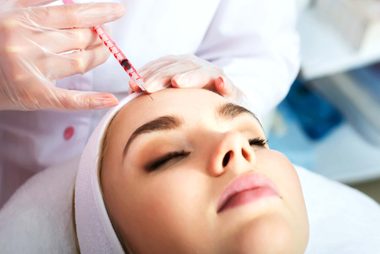
For caucasians, it’s wrinkles and age spots
“My caucasian patients tend to commonly present in their early 30s with wrinkles—particularly around the eyes or glabella (between the eyebrows),” says board certified dermatologist Manjula Jegasothy, MD, founder of Miami Skin Institute, who has been treating ethnically diverse patients for 20 years. “This is easily treated with Botox in the 30s and early 40s.” She also suggests adding light radiofrequency treatments in the mid to late 40s to help with thin skin laxity in the upper face. Sun damage—resulting in brown spots and blotchiness—is another common complaint. She suggests getting a jump start in the early 20s and 30s with pyruvic, salicylic, and glycolic acid peels. Try: Dr. Dennis Gross Skincare Alpha Beta Universal Daily Peel and BeautyRx by Dr. Schultz Advanced 10% Exfoliating Pads. Patients in their late 30s and older—and those with more severe damage—should consider in-office IPL photofacials. This is how your skin ages through every decade of your life.
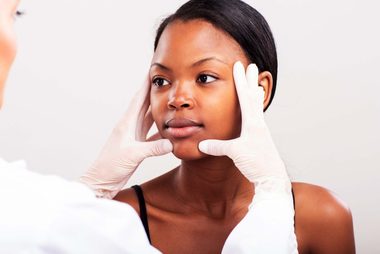
For African Americans, it’s pigmentation
According to Dr. Jegasothy, the most common complaint among African American patients is pigmentation. In cases when the skin is not homogeneously colored and lightening is required, she recommends a very light chemical peel geared toward darker skin. (Just make sure to read this before you get a chemical peel.) “I always advise my African American patients that their skin is the most sensitive and they should see a board-certified dermatologist who is well versed in treating darker complexions, so that the treatment does not burn them, as any sort of long-term inflammation can cause long-term hyper- or hypo-pigmentation.” Another common complaint: Skin laxity in the lower face and neck. For this, she recommends treatment with Platelet-Rich Plasma, which has become more popular in aesthetic medicine in the last couple of years. “I draw the patient’s blood, spin it down in a centrifuge machine, which breaks open platelets and extracts the growth factors into the plasma, and inject that into the lower face and neck.” According to Dr. Jegasothy, the hour-long procedure does a great job of tightening loose skin and results last up to a year. Don’t miss these expert-approved, anti-aging secrets.
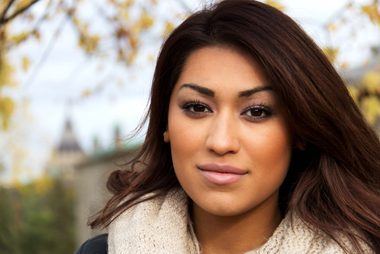
For Latinas, it’s scarring
The majority of Dr. Jegasothy’s patients are Latina, and the culture is very focused on body image. “I find that these patients are much more focused on non-surgical treatment of scars,” Dr. Jegasothy says. For best results, scars should be treated as soon as possible—within the first two years; ideally as early as three weeks after the incision has healed—with a combination of Vbeam and Fraxel laser. Since Miami is a city with warm temperatures year round, her Latin American patients tend to be more concerned with skin laxity issues and cellulite—particularly on the thighs and buttocks, the areas that show in shorts. For both of these issues, Dr. Jegasothy recommends radiofrequency treatments with the Viora laser. Ever wondered why is cellulite so dang hard to get rid of?

For Asians, it’s complexion color
“My Asian—Chinese, Japanese, and Korean—patients are interesting because they are very concerned with trying to become an idealized version of a caucasian with features common in the Asian press,” says Dr. Jegasothy. As such, the most common Botox procedure she performs on her Asian patients is softening the jawline muscle to create a more oval or round appearance. Another common beauty request of her Asian patients is for their facial skin to be as fair as possible. To this end, she does skin lightening chemical peels and topical herbal agents, such as SkinMedica Lytera 2.0 Pigment Correcting Serum as often as possible.”
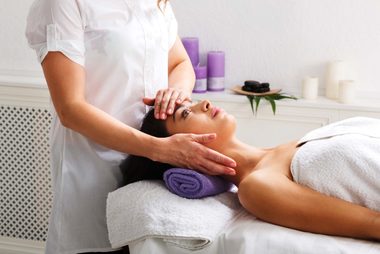
For Indians, it’s hair and dark circles
“I have been treating Indian patients for over 20 years, and by far the most common complaint is excessive hair on the face and body,” notes Dr. Jegasothy. She stresses the importance of using the correct lasers and settings for the various skin tones, since those that are too strong can cause hyperpigmentation that can persist for up to a year. Her preference is the Candela GentleYag Laser. (Don’t miss the 14 things you need to know before you get laser hair removal.) The second most common issue is dark under-eye circles. When patients are young, this can be successfully treated with mild cortisone creams and peptide eye creams, such as Neocutis Micro-Eyes. “As patients age, if they have hollowing along the orbital bone (which is the lower eyelid rim), and filler can make the under-eye circle seem less prominent.” More often however, she finds that light Fraxel treatments (repeated every four to 12 months, depending on severity, genetics and age), can improve this situation enormously. These are the secrets to aging gracefully.
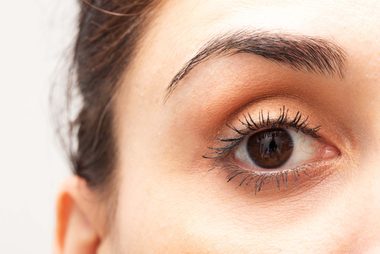
For Middle Easterners, it’s hair, circles, and brows
According to Dr. Jegasothy, Middle Eastern patients primarily have the same issues as Indian patients: excess hair at an early age and dark under eye circles, which are treated in the same fashion. “In addition, Middle Eastern mores dictate that patients have a certain eyebrow type, which is quite plucked at an early age. As the trend today is toward fuller brows, I’m seeing more Middle Eastern patients in early to middle age who are looking for more eyebrow hair.” For this, she recommends Latisse, a topical hair-growth serum available by prescription. Find out the best brows for your face shape.

For Pacific Islander and Native American, it’s skin laxity
“As an anthropology major at Harvard, I know that Pacific Islanders and Native Americans share the same long-term ethnic traits,” says Dr. Jegasothy. “Issues mostly pertain to early laxity of the skin, which is very successfully treated with radiofrequency laser, often with better and longer-lasting results than any other skin types.” She advises Viora sessions (starting in the late 30s and 40s) to target loose skin on the eyelids, jawline and mouth. In addition, patients with Native American and Pacific Islander ancestry are more susceptible to sun damage than those with darker skin types. “These patients need to be educated about sunscreen and anti-aging skin creams, such as Vitamin C and retinoids, at an early age to preserve their beautiful skin texture and tone.” Try: Sunday Riley C.E.O. Rapid Flash Brightening Serum and Roc Multi Correxion 5 In 1 Restoring Facial Night Cream. And when it comes to SPF, read up on the sunscreens dermatologists actually use on themselves.
